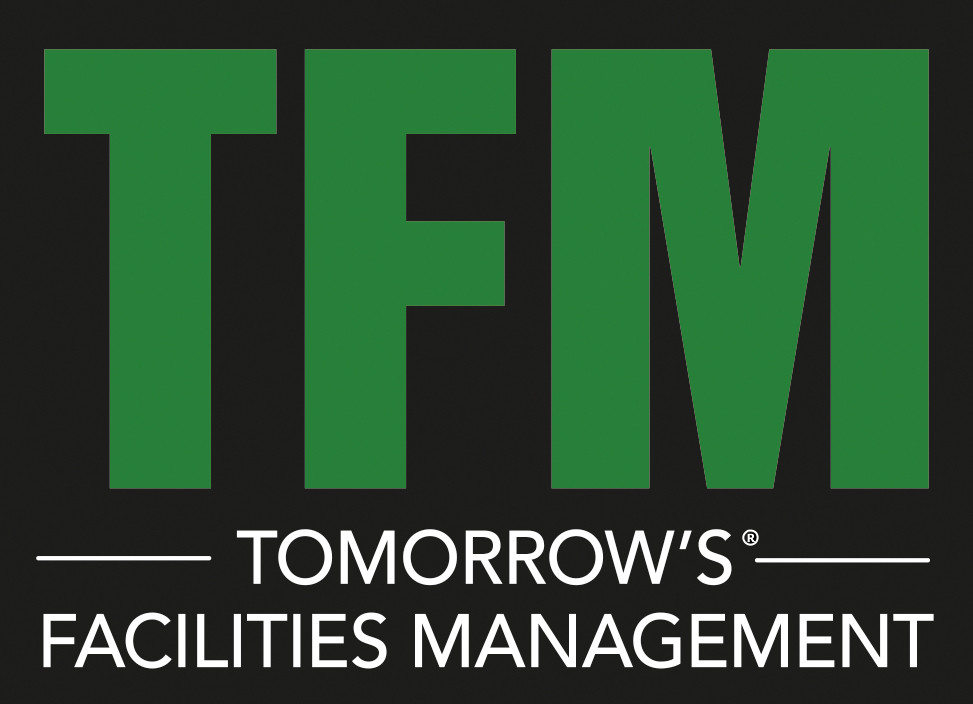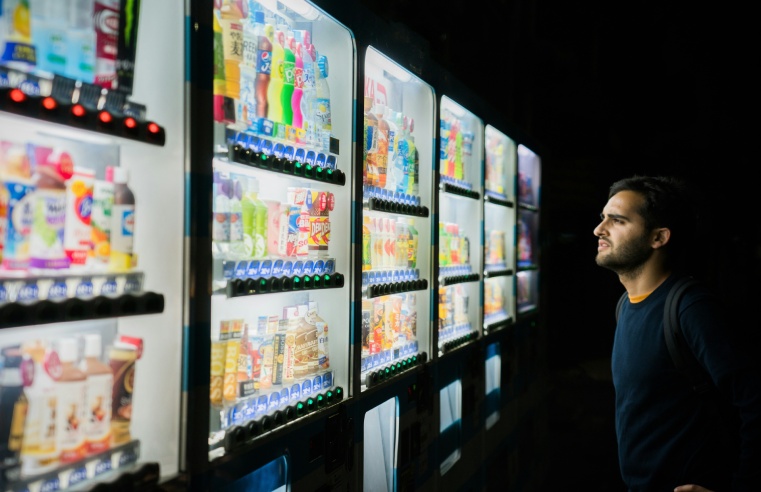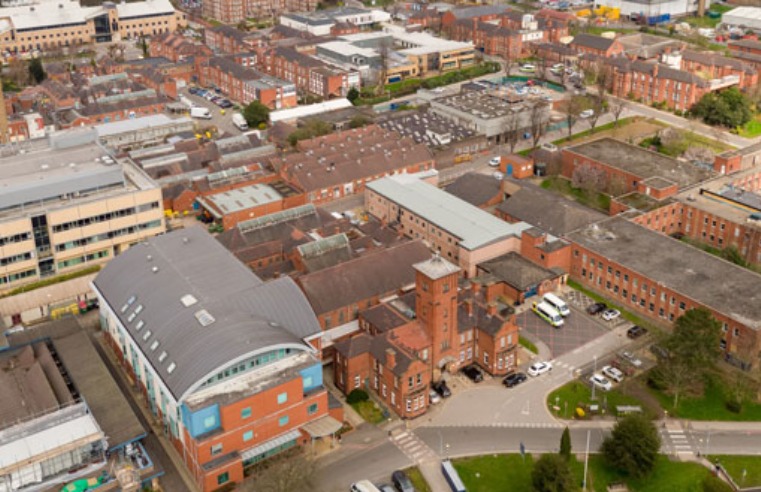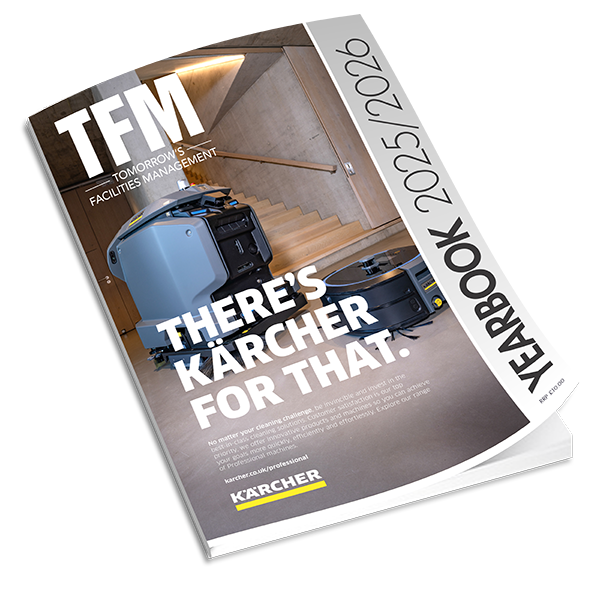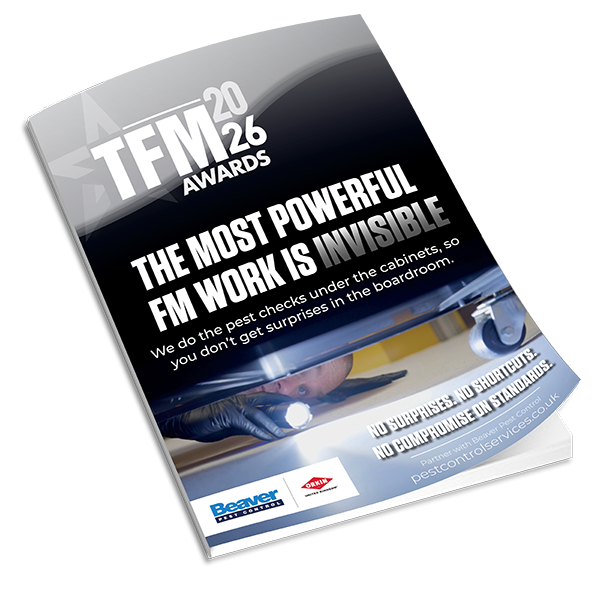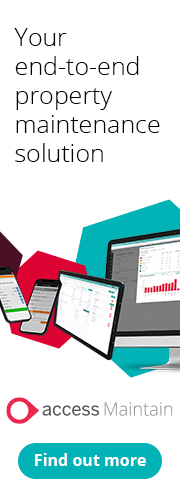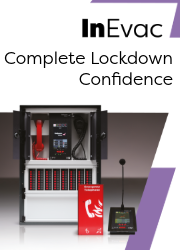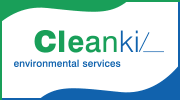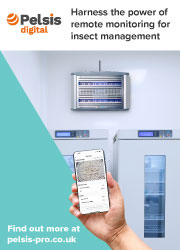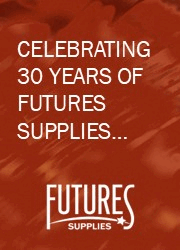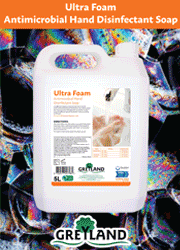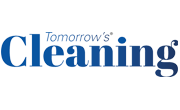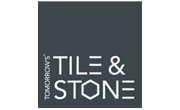- Frequent hand washing.
- The proper use of PPE.
- Easy access to hand sanitisers.
- Regular and thorough cleaning of surfaces, particularly ‘high touch’ surfaces such as door handles or light switches.
- Effective ventilation: this includes airing rooms when residents are elsewhere and keeping the windows of communal areas open when possible.
Main Information
You are here
- Home
- >
- HEALTHCARE & HOSPITALS
- >
- AN ESSENTIAL GUIDE TO KEEPING YOUR CARE HOME RESIDENTS SAFE
AN ESSENTIAL GUIDE TO KEEPING YOUR CARE HOME RESIDENTS SAFE
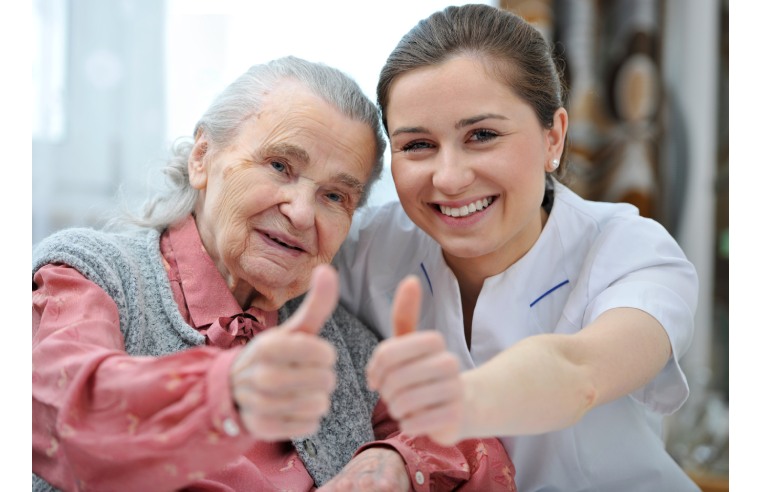
Published on 19/12/2022
The safety and well-being of care home residents should be a top priority for any facility. With the spread of infection posing a constant risk, as well as other potential dangers such as slips and falls, it’s vital that every precaution is taken to ensure that residents are kept as safe and secure as possible.
Not only will this help to prevent accidents, illness, and even fatalities, but investing in a range of safety measures will also give your residents and their families peace of mind and confidence in your staff and your facility.
With that aim in mind, read on for some essential tips for maintaining the highest possible standards of safety in your care home.
Call bells and personal alarms
When you are dealing with elderly residents, many of whom may have mental or physical health conditions, it’s important that you can provide a rapid response if anything should go wrong. To help you ensure these levels of care, it’s a good idea to have all beds fitted with a call bell. This means you residents can easily summon a member of staff if they need assistance at any time of the day or night.
Similarly, when they are moving around the home, they should each have their own personal alarm that they can activate if they feel unwell or if they have a fall. Having their own alarm will help to give them confidence that, if anything should happen, they can press their alarm and assistance will arrive right away.
Fire safety
Fire safety is crucial in any setting, particularly in a care home, where some of the residents may not be capable of escaping without assistance. As a result, not only should your facility be fully equipped with a high-quality fire alarm system that is tested on a regular basis, but you should also put other protective measures in place to help minimise the risk and dangers posed by smoke and fire.
This includes holding frequent fire drills to ensure that all of your staff know what to do in case of an emergency. You should also make sure there are easily accessible and clearly marked fire exits all around the property, as well as fire extinguishing tools such as fire blankets and extinguishers.
It’s recommended that all of the soft furnishings you use around your care home are made using fire retardant materials to prevent the spread of the flames. For example, take a look at this range of fire retardant curtains provided by experienced care home supplier, Nichol and Hill. Not only are their curtains flame retardant, but they can also be designed to benefit patients with limited mobility, or who suffer from mental health issues or dementia.
Infection prevention and control
The prevention of disease in care homes has always been a priority, but the arrival of new viruses has reinforced the importance of protecting elderly residents against the spread of illness and infection. It’s vital that strict measures are always in place in your facility to safeguard the health of your residents. These measures should include:
While viruses like Covid-19 remain one of the most significant threats in care homes, it’s also important to inhibit the spread of other common infections such as norovirus.
General health and safety
As well as preventing major health hazards such as fire and infections, health and safety procedures must also be strictly followed on a daily basis during every aspect of care.
This ranges from following the proper moving and handling procedures, to making sure there are no trip hazards anywhere in the home. Also, ensure that food and medication are stored and handled correctly.
Equipment safety
During the day-to-day running of a care home, specialist equipment such as hoists , bed rails, and medical equipment will be used by staff to care for residents and keep them safe. It’s vital that a list of all the equipment used by a care home is kept updated, and regular checks must be carried out to ensure that the equipment is in good working order. Specialist training should also be provided for all staff who are expected to use the equipment to ensure they are competent in its usage and will not jeopardise the welfare of the residents.
Finally, each piece of equipment should be visually inspected by a staff member before they use it, to make sure it is fit for purpose, even if it has recently been checked by a certified professional.
Final thoughts
Maintaining the highest possible levels of health and safety in a care home setting is arguably one of the biggest challenges faced by these facilities on a day-to-day basis.
However, with the proper management, knowledge, dedication, and efficiency, you can ensure that your care home consistently provides the high standards of safety that all of your residents deserve, and that their families expect.
Related News
Categories
- ACQUISITION
- AIR CONDITIONING
- APPRENTICESHIP
- AWARD
- BIM
- BUSINESS
- CATERING
- CAFM
- CHARITY
- CLEANING
- COMMUNICATION
- CONSTRUCTION
- CONTRACT NEWS
- COUNCIL
- DATA MANAGEMENT
- DESIGN & INTERIORS
- DEVELOPMENT
- DISASTER RECOVERY
- DOCUMENT MANAGEMENT
- DRINK
- EDUCATION
- EFFICIENCY
- ELECTRICAL
- ENERGY MANAGEMENT
- ENTERPRISE
- EVENTS
- FACILITIES MANAGEMENT
- FINANCE
- FIRE SAFETY
- FLOORING
- FACILITIES MANAGEMENT NEWS
- FOOD
- FRONT OF HOUSE
- GROUNDS MAINTENANCE
- HEALTH AND SAFETY
- HEALTHCARE & HOSPITALS
- HOSPITALITY
- HOTELS
- HR
- HVAC
- INDUSTRY COMMENT
- INTEGRATION
- IT
- IWFM
- LANDSCAPE MAINTENANCE
- LEISURE
- LIGHTING
- LOGISTICS
- MAINTENANCE
- MECHANICAL
- PARTNERSHIP
- PEST CONTROL
- POWER
- PR
- PRODUCTS & SERVICES
- PROJECT MANAGEMENT
- PROPERTY
- QUALIFICATION
- RECYCLING
- REFURBISHMENT
- REGULATION
- RETAIL
- SECURITY
- SOCIAL HOUSING
- SUMMER MAINTENANCE
- SUSTAINABILITY
- TECHNOLOGY
- TENDERS
- TOTAL FACILITIES MANAGEMENT (TFM)
- TRANSPORT
- WASHROOM
- WASTE MANAGEMENT
- WELLBEING
- WINTER MAINTENANCE
- WORKPLACE



